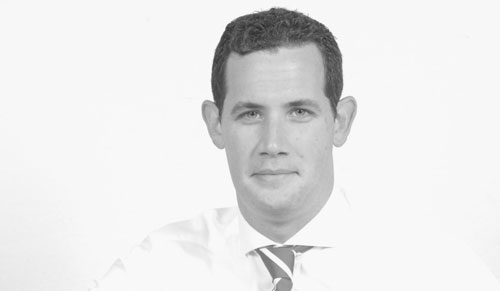
The Intelsat New Dawn satellite, partly funded by SA’s Convergence Partners, has had a troubled birth. Launched on Good Friday last year, the satellite ran into serious problems when its “west antenna reflector” failed to deploy. Engineers have been unable to correct the problem.
A number of attempts were made to fix the problem, including manoeuvres that used up precious on-board fuel, but to no avail. Nevertheless, the satellite is partly operational, with its east antenna reflector fully functional.
The antenna that failed to deploy controls so-called C-band communication. C-band is used for bulk transmissions of the sort that fibre-optic cables allow between countries or continents. It’s also useful for applications like cellular backhaul.
The east antenna reflector that deployed successfully, meanwhile, operates on the Ku-band, which is useful for VSat networks that are often used to provide rural connectivity, for corporate networking where companies have offices in numerous regions and for content distribution and broadcasting.
With the project having cost in the region of US$250m, there was a great deal of motivation to get the C-band reflector functioning, too. To this end, attempts were made to make it deploy correctly, including changing which portions were in the sun and shade in the hopes that solar radiation would trigger deployment by causing different portions of the satellite to expand.
Unfortunately, attempts to fix the problem were unsuccessful. One of the concerns when performing these manoeuvres is it uses up fuel, and once satellites run out of fuel they cease to be useful. However, Segal says that through careful planning, the original deployment of the satellite required less fuel than anticipated and these reserves account for the bulk of the fuel used in the attempts to correct the problem with the west antenna.
Segal says a decision was taken to get the satellite into commercial service with the Ku-band portion of it that is functioning and that the shortfall from not being able to offer C-band services has been recouped from insurance.
“Insurance was non-negotiable,” says Segal. “This project was funded using a model called ‘limited recourse project finance’. We went to lenders and said our cash flows were enough to support the gearing of the project, but if something went wrong there’s no further recourse.”
He says that because a technical failure at deployment could mean no service offerings at all, a “comprehensive, innovative insurance regime” was necessary that cost more than the typical policy for similarly sized projects.
Despite having concluded the insurance claim process for the portion that isn’t functioning, Segal says there is a remote chance that the antenna will deploy in future.
“The conditions in space are adverse in terms of radiation and temperature variations and there have been past instances where this type of anomaly has been fixed by itself. It’s technically possible, but unlikely.”
He says the other potential comes in the form of a “new breed of technology sector player” that is “trying to commercialise craft to visit, repair or refuel satellites”. Segal says many satellite companies find the prospect of a means to extend the life of satellites “extremely enticing”.
On whether or not the useful life of the satellite has been affected by it’s problems, Segal says that it has lost some of its anticipated useful time, but that it is now “only marginally below industry standards” and that the loss is so small as to not be meaningful. — Craig Wilson, TechCentral
- Subscribe to our free daily newsletter
- Follow us on Twitter or on Google+ or on Facebook
- Visit our sister website, SportsCentral (still in beta)

